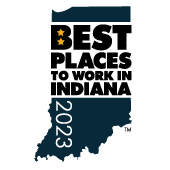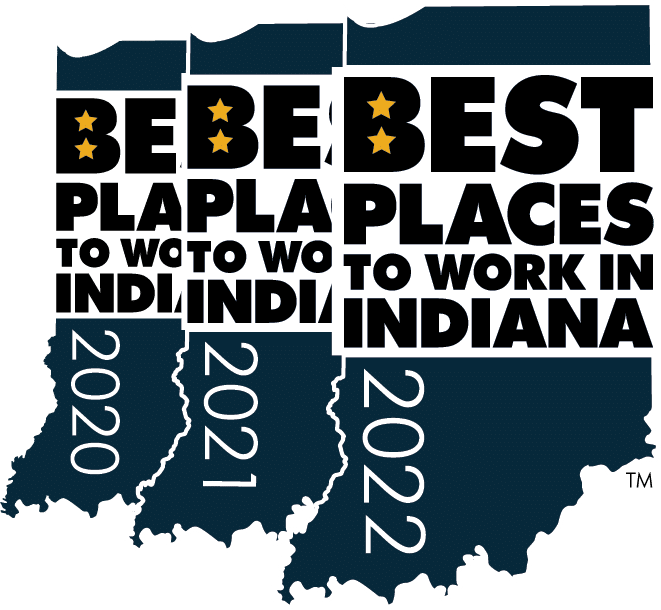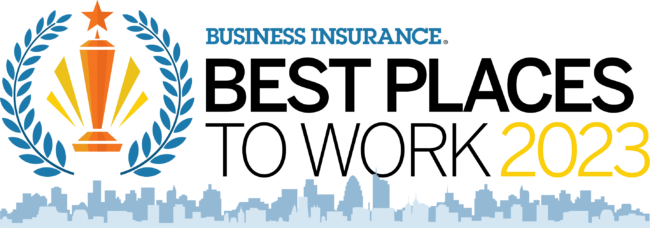How to Use Your Benefits Plan to Attract and Retain Talent
BY RYAN SPENCER

With unemployment at its lowest level in 20 years, some employers are struggling to find, hire, and retain the best talent for their company. Before your business scrambles for the next hire, review your benefits package. Study after study has proven that employees care more about their benefits than financial compensation, and they are willing to stay with your company longer if they receive the right benefits. Designed properly, your benefits plan can become your secret weapon in talent acquisition and retention.
Uncovering the proper design will take time. The benefits package that works for one company may not work for yours because your employee demographics are different, and this is one of the major missteps businesses make when selecting a plan. To discern what you should offer to retain and attract talent, you must ask two questions:
- Who is in my company right now?
- Who do I want to hire?
The answers will get you started on predicting the best plans. If you’re focusing on full-time workers, you may need to consider your employee age ranges. Older workers often want great health care and retirement benefits, while younger employees are more concerned with benefits they can use sooner, such as student loan repayments, PTO, and HSA. If you’re focusing on part-time workers, you may win the war for talent by offering light medical care, a rarity in part-time positions.
Considering these questions is an important first step in overhauling your benefits package, but you’ll never know for sure what your employees want until you talk to them.
Finding Out What they Want
To build a robust benefits plan inspired by your employees, start by collecting data from your employees. With your data in hand, you can build a slick benefits package that retains your workers and attracts talent just like them.
Consider these two tactics:
- Surveys. Surveys are powerful because you can receive feedback from a large number of people in a small amount of time. Surveys are ideal for discovering what is most important to your stakeholders. While valuable, the biggest drawback to surveys is the lack of emotion and personal anecdotes—factors that can help you make better decisions for your employees.
- Focus groups. Focus groups allow you to hear directly from a select segment what is most important to them. During the conversation, you’ll also learn why those elements are important, so you may be able to offer supplemental tools or other low-cost resources to assist. Although focus groups take longer to conduct and focus on a smaller sample of your workforce, they take you deep into specific topics.
Depending on your company’s unique circumstances, you may find that a combination of surveys and focus groups is the best method to collect a robust data set to guide your benefits package decisions.
More Ways to Meet Demand
Occasionally, surveys and focus groups will reveal a design challenge: Your workforce is so diverse, everyone wants something different. When this happens, you’ll need to make important decisions around what you will actually deliver to employees, and this may require forgoing some benefits in order to afford others.
One of our partners offers a unique solution to this problem. They start by helping your company access a wide variety of benefits, then they give each employee a stipend to purchase whatever benefits are most important to them.
Employees can decide exactly where they want to spend their money, whether that be health care, pet insurance, short-term disability, or something else entirely. Instead of receiving bulky packages they’ll never fully use, employees now pick and choose the most valuable tools based on their own unique situations. Not surprisingly, employees are thrilled with the results, and prospective hires love hearing the idea during their interviews.
Though you’ll never please everyone, you can come close. Through surveys, focus groups, and a little customization, you’ll reach the core of what matters most to your employees. Once you transform your benefits offerings to meet their desires, employees will work harder and stay on your team, and new talent will set their roots in your office.







